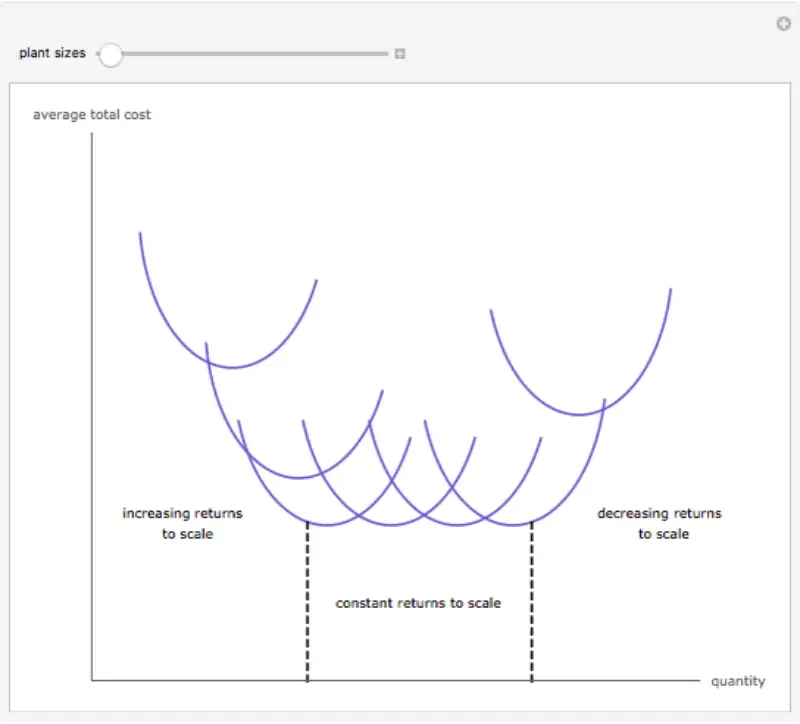### Economies of Scale
**Definition:**
Economies of scale occur when a firm’s production costs per unit decrease as its production scale increases. This means that as a company produces more goods, it can spread its fixed costs over a larger number of units, reducing the cost per unit.
**Types of Economies of Scale:**
1. **Internal Economies of Scale:**
– **Technical:** Large firms can use more efficient technology.
– **Managerial:** Specialization of labor leads to greater efficiency.
– **Financial:** Larger firms can obtain loans at lower interest rates.
– **Marketing:** Bulk buying and selling reduces costs.
– **Network:** Value increases as more users join a network (e.g., social media platforms).
2. **External Economies of Scale:**
– **Industry Growth:** As an industry grows, suppliers and workers become more specialized, reducing costs for all firms within the industry.
**Examples:**
– **Manufacturing:** A car manufacturer buys raw materials in bulk, securing discounts and reducing per-unit costs.
– **Retail:** Large retailers like Walmart achieve lower prices by purchasing in massive quantities and operating efficient distribution networks.
### Diseconomies of Scale
**Definition:**
Diseconomies of scale occur when a firm’s production costs per unit increase as its production scale increases. This happens when a company becomes too large and inefficient, leading to higher per-unit costs.
**Causes of Diseconomies of Scale:**
1. **Management Challenges:**
– **Communication Issues:** Larger firms face more complex communication channels, leading to inefficiencies.
– **Coordination Problems:** Increased size makes coordinating operations more difficult and costly.
2. **Operational Inefficiencies:**
– **Bureaucracy:** Larger firms often develop more layers of management, slowing down decision-making processes.
– **Motivation:** Employees may feel less connected and less motivated in very large firms.
**Examples:**
– **Manufacturing:** A large factory may experience higher costs due to difficulties in managing a large workforce and maintaining equipment.
– **Corporations:** A multinational corporation may face increased costs from coordinating activities across different countries and cultures.
Judging whether an economy or a firm is experiencing economies or diseconomies of scale involves analyzing its cost structures and efficiencies. Key entities involved in this assessment include:
1. **Economists and Analysts:** They study cost data, production processes, and market conditions to determine if economies of scale are present.
2. **Company Management:** Internal assessments by management teams help identify cost-saving measures or inefficiencies.
3. **Regulatory Bodies:** Government agencies may evaluate economies of scale to ensure fair competition and market efficiency.
This evaluation often involves detailed financial analysis, comparisons with industry benchmarks, and assessments of production techniques and managerial effectiveness.
### Summary
Economies of scale lead to cost savings as firms grow, due to efficiencies in production, management, finance, and marketing. Diseconomies of scale, on the other hand, arise when firms grow too large, resulting in inefficiencies and increased costs due to management challenges, operational inefficiencies, and bureaucratic overhead. Balancing these forces is critical for firms seeking to optimize their size and cost structure.

